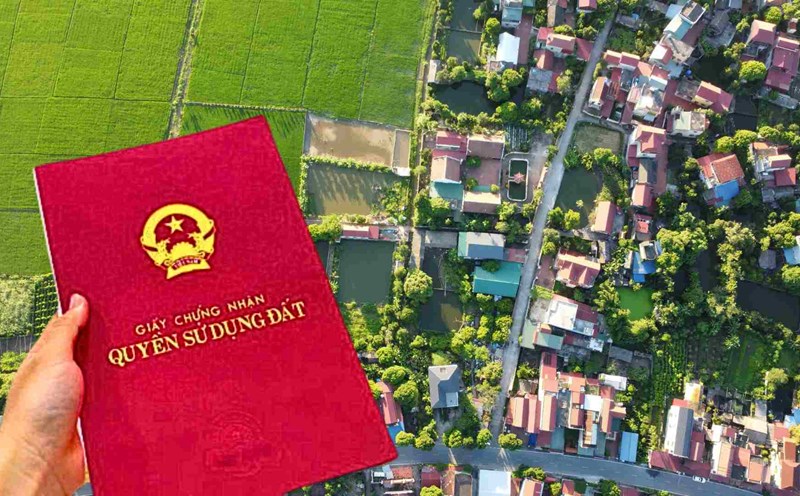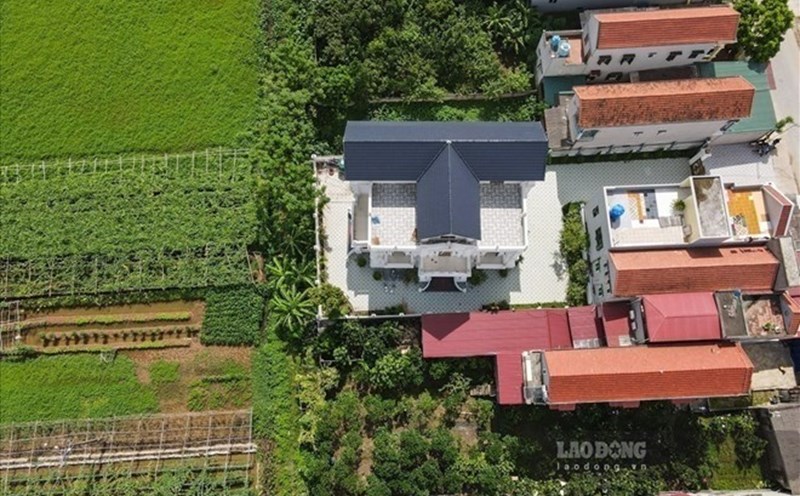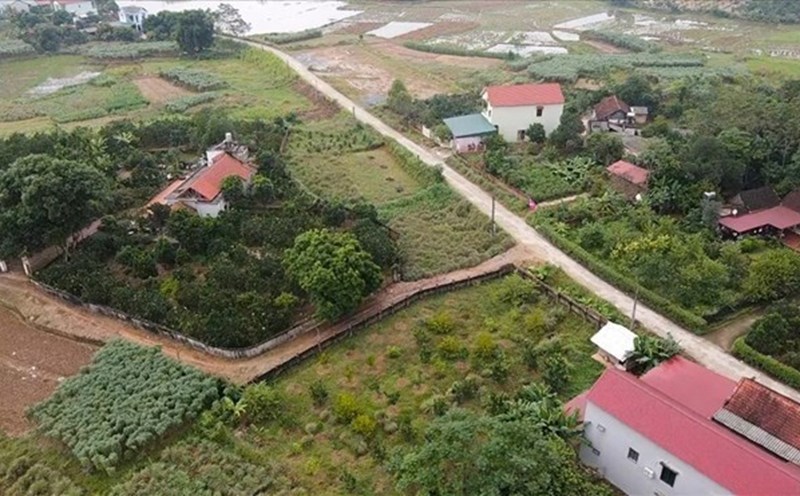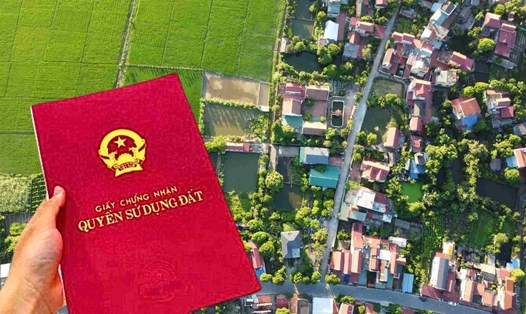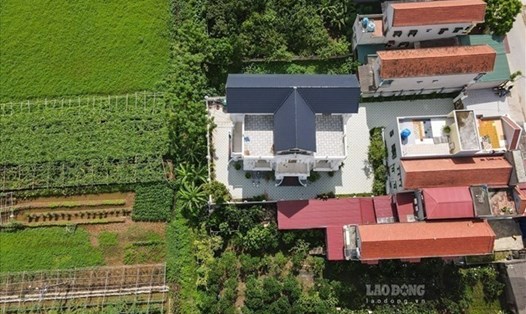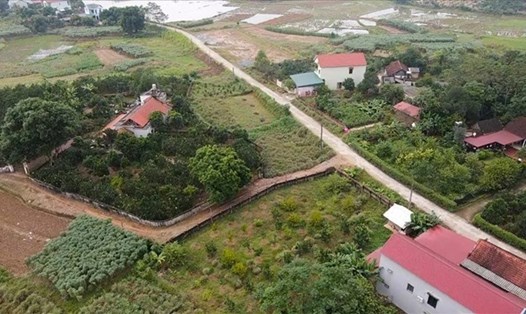What types of agricultural land are there?
Pursuant to Clause 2, Article 9 of the 2024 Land Law, there are regulations on agricultural land groups as follows:
- Based on the purpose of use, land is classified into agricultural land groups, non-agricultural land groups, and unused land groups.
- The agricultural land group includes the following types of land: land for growing annual crops, including rice land and land for growing other annual crops; land for growing perennial crops; forestry land, including special-use forest land, protective forest land, production forest land; aquaculture land; concentrated livestock land; salt-making land; other agricultural land.
Types of agricultural land not granted red books in 2025
According to Point a, Clause 1, Article 151 of the 2024 Land Law, the following cases of not being granted certificates of land use rights and ownership of assets attached to land are stipulated:
- Land users are not granted certificates of land use rights and ownership of assets attached to land in the following cases:
+ Agricultural land used for public purposes as prescribed in Article 179 of this Law.
Thus, land users are not granted red books for agricultural land used for public purposes as prescribed in Article 179 of the 2024 Land Law:
- The agricultural land fund used for public purposes that has been established in accordance with the provisions of the law on land through the periods will continue to be used to serve the public needs of the locality.
- Agricultural land funds used for public purposes of communes, wards and towns for the following purposes:
+ Build cultural, sports, entertainment, public health, education, markets, cemeteries and other public works invested, managed and used by the People's Committee of the commune; build houses of gratitude, charity houses, solidarity houses.
+ Compensation for people whose land is recovered when constructing works specified in the above point.
- For land areas not used for the above-mentioned purposes, the People's Committee of the commune shall lease them to local individuals for agricultural production and aquaculture under the form of auction. The land use term for each lease shall not exceed 10 years.
- Agricultural land funds used for public purposes of communes, wards and towns are managed and used by the People's Committee of the commune where the land is located according to the planning and land use plan approved by competent authorities.
In 2025, agricultural land used for public purposes according to the above regulations will not be granted a red book.
If agricultural land is converted to non-agricultural land, how is the land use term determined?
At point d, clause 1, Article 173 of the 2024 Land Law, the land use term when changing land use purposes is stipulated as follows:
- In case of converting special-use forest land or protective forest land to another type of land, the term shall be determined according to the term of the land type after changing the purpose of use. The land use term is calculated from the time of the decision to permit the change of land use purpose.
- In case of converting annual crop land, perennial crop land, production forest land, aquaculture land, salt production land to special-use forest land, protective forest land, the land use term will be stable for a long time.
- In case of changing the purpose of use between types of agricultural land not falling under the provisions of Point a and Point b of this Clause, the individual using the land shall continue to use the land for the term of the allocation or lease.
- In case of converting agricultural land to non-agricultural land, the land use term is determined according to the term of the land type after changing the purpose of use. The land use term is calculated from the time of the decision to permit the change of land use purpose.
Accordingly, in the case of converting agricultural land to non-agricultural land, the land use term is determined according to the term of the land type after changing the purpose of use. The land use term is calculated from the time of the decision to permit the change of land use purpose.

